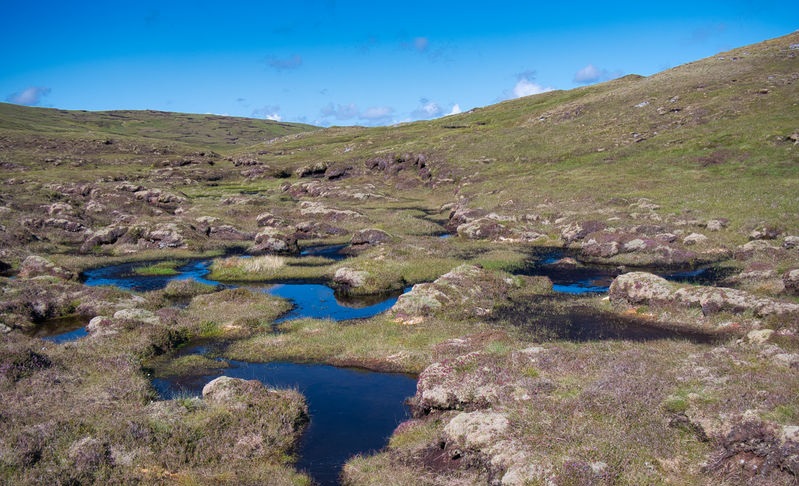
The protection of peatlands and wetlands will be a condition in Scotland’s future support model for farming and land management.
The Scottish government has said that protecting Scotland's peatlands would be a 'key part' of the future rural policy.
Its vision for Scottish agriculture, published last year, sets out how support for farming will be transformed to include sustainable and regenerative agriculture.
Peatlands cover around 2 million hectares, or one quarter, of Scotland and are of national and global significance.
In good condition, they provide multiple benefits, such as storing carbon, supporting nature, and reducing flood risk.
The Scottish government has committed £250 million to restoring 250,000 hectares of degraded peatlands by 2030.
The new EU CAP also recognises the importance of peatlands and wetlands as stores of soil carbon.
The Scottish government said Scotland must "at the heart" of how EU was progressing its rural policies and legislation.
Visiting Brussels for EU Green Week, Rural Affairs Secretary Mairi Gougeon said this outcome was "closely aligned to and supportive of Scotland's own vision".
"There is considerable scope and rationale for Scotland to adopt a similar approach as part of our future support system," Ms Gougeon said.
"Caring for our peatlands that are in good condition, as well as restoring those that have been damaged, are both important elements of our response to the linked climate and nature crises.
“That’s why today I have agreed, in principle, that we will take forward the new Good Agricultural and Environmental Condition (GAECs 2) covering the protection of wetlands and peatland, weaving the care of these important habitats right through our future rural support."
More information on this outcome, as well as new conditions from 2025, will be published this summer, the Scottish government said.
